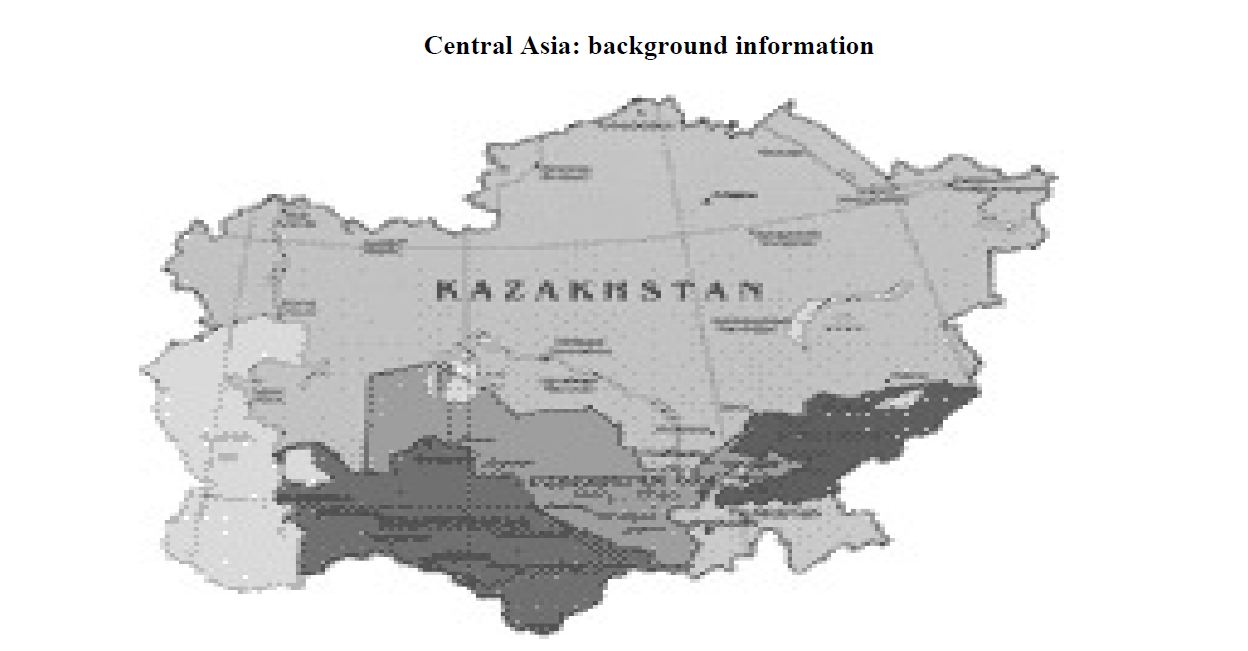The impossibility of the liberal democratic order to defeat the global terrorism
The first difficulty in the successful dealing with that phenomenon is the lack of its definition in the legal documents. In the constitutional or international instruments, there is a talk of different kinds of terrorism, but never on a global one. We can only guess what we speak when we refer to: it affects at least two countries or the only one, but with an outside input.
2009
Dr. Hab. Krystian Complak



